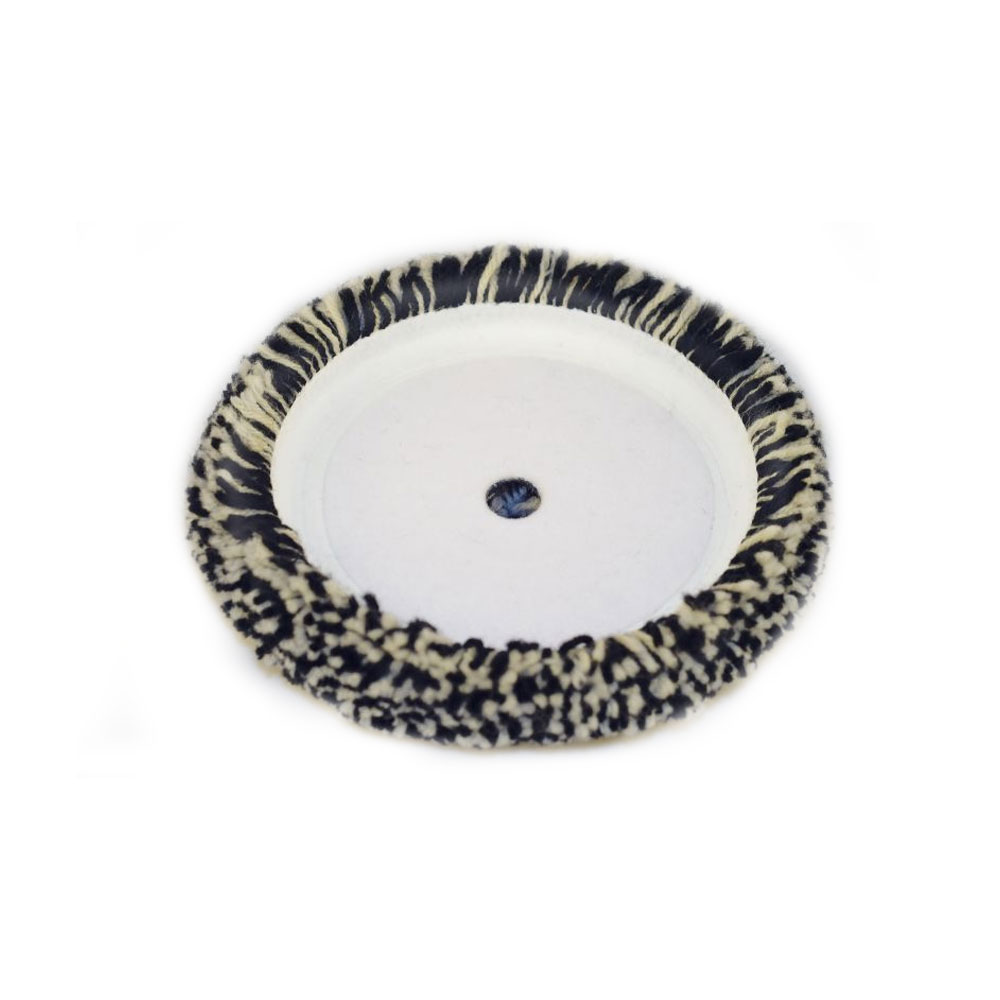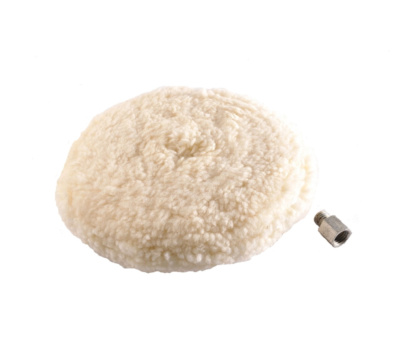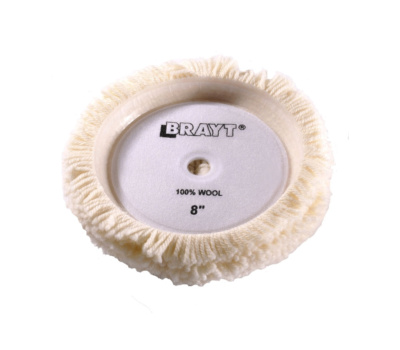One-sided heads from the Long Life series are made of 100% premium natural sheep wool. They are characterized by high wear resistance – this means that the pad is more efficient than traditional furs, which means it can be used longer without the need for replacement.
They do not discolor – the product is resistant to discoloration, which means it will not leave stains on polished surfaces. Twisted strands – ensure consistent work across the entire surface without the risk of surface damage. Larger diameter and maximized fiber density – this product provides a larger polishing surface and optimal performance. Flexible base and soft rounded edges – facilitate work on highly profiled surfaces.
An ideal tool for polishing tool coatings, PU varnishes, and lacquers.
| Size | Color | Polishing heads recommended attachment | Code |
|---|---|---|---|
| ∅ 200 mm | white - black | Universal – ∅150 | 300010151 |

| Dedicated polishing paste | recommended | optional |
|
|

The heads from the Long Life series are made of 100% premium natural sheep wool.

Double-sided polishing wool is made from 100% natural wool. Ideal for removing scratches and mates

One side polishing wool made from 100% natural wool. Ideal for removing scratches and mates
Yes, you can paint the bottom of the boat with polyurethane paint due to its high mechanical strength. We recommend this solution when the boat is not launched for a long time and is not exposed to fouling.
We do not sell retail. Our products can be found in many stores in Poland and abroad. Our distributors run stationary and online stores. The full list of distributors and contacts can be found on our website at the following link click here.